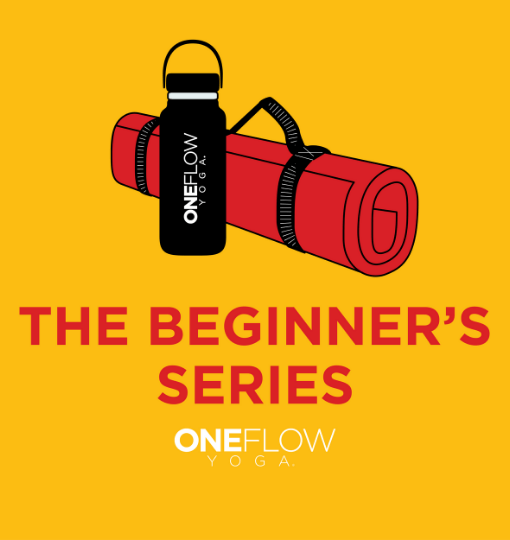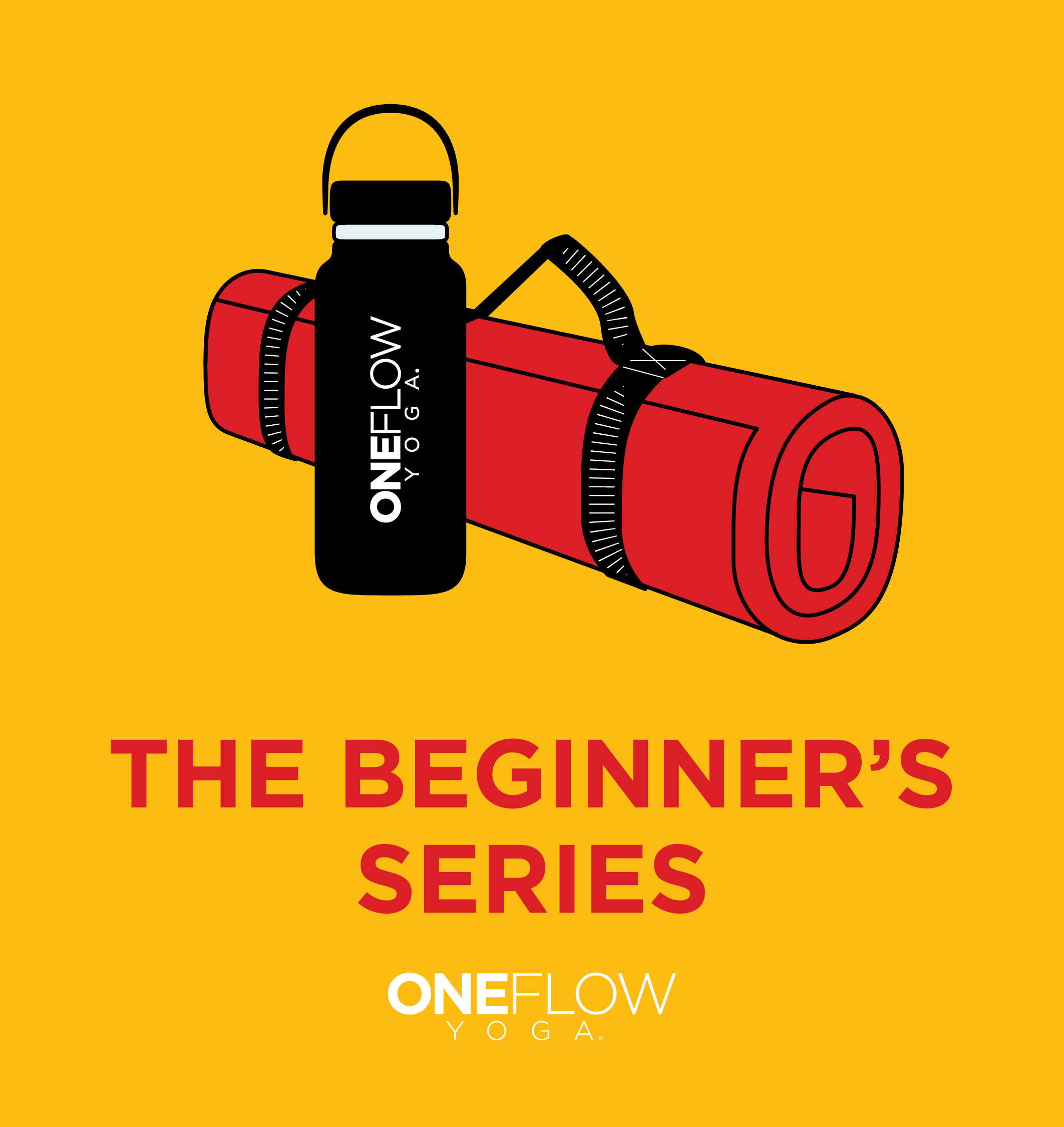What would you do in life if you could handle any challenge along the way?
Just imagine.
How we deal with things falls under the topic of mental strength. It speaks to our ability to deal with fear, doubt and insecurity with courage, confidence and kindness.
It is a skill you can develop and yoga can help.
Yes, a practice known more for calm and serenity can also help you develop mental fortitude, depending on how you do it.
If crisis is the default state of life, then yoga is training for life. It’s the repetitive activity you engage in to become stronger, mentally. In doing so you move from a place of fear to courage.
Yoga as a peaceful practice is known as anuloma, or “with the hair”. It’s what you typically associate yoga with—tea, spas, pictures of meditating figures on the beach. It is how yoga is traditionally taught.
At the other end of the yoga spectrum lies pratiloma, rubbing the hair in the opposite direction. It is the key to building mental strength. You read that right, yoga that rubs you the wrong way is crucial. You want it to bother you a little bit and stir something up in you. You want it to challenge you, for then you can take the next step and face what comes up.
When you separate anuloma and pratiloma, they become ineffective.
Pratiloma by itself is the litany of challenges we all have throughout our day. To meet them we adopt strategies that tend to use a lot of force, such as powering through. Living life this way, though, can wear you out and break you down.
Anuloma, alone, fosters a state of relaxation but not one that is much interested in anything arduous.
Marry the two and you have a potent method to fundamentally change the way you interact with life. Anuloma provides a place of safety and refuge. When you are safe, then you can explore handling more, pratiloma, because you are now ready to do difficult things.
Train for Mental Strength
It’s helpful, though not always possible, to start by finding anuloma, or a state of calm.
How to Find Calm:
Set An Intention
Consciously decide why this matters to you? What would it mean to those in your life, if you were able to deal with things with a greater sense of ease? What challenge do you need, or want, to undertake but have been holding back from?
Bring Awareness
Awareness comes through listening. You can listen to your breath, the thoughts in your mind or the physical sensations in your body. It is helpful to be both accepting and non-attached to whatever comes up.
Invite Calm
Focus on your breathing. Watch how it stutters, or starts and stops. Keep your attention there and the breath will begin to find a rhythm and become more fluid. The breath of relaxation is in and out through the nose.
Spend at least five minutes cultivating calm. It becomes easier to do the more regularly you practice.
Now slowly introduce challenge, pratiloma, while keeping the state of calm, anuloma. That is the skill you are developing—meeting obstacles with a sense of serenity. It is a different way of working—one you can feel—and is the realm of elite athletics and other high performance endeavors.
Notice how you react
As the challenge ramps up keep paying attention to your ability to balance it with a sense of ease. You are trying to manually dial in just the right amount of calm compared to challenge. Too much and you can begin to chill out and there’s no growth. Not enough and you move into stress. It’s a constant back-and-forth until you find the sweet spot.
The quickest way to gauge your effectiveness is by watching the breath. If it loses the sense of evenness or becomes more forceful then you are moving towards tension instead of tranquility. Back off until you can reconnect to the rhythm of the breath and then begin again.
This takes time, which is why we call it a practice. Consistency, though, is much more powerful than intensity. Keep coming back to the mat and trying again and again.
What happens if you cannot find calm before calamity? Here, yoga bestows a gift in that it can work either way. For those in the midst of a storm that will not abate, anuloma may appear for a split second as quiet and comfort. It can be the spark to give hope that another possibility exists.




